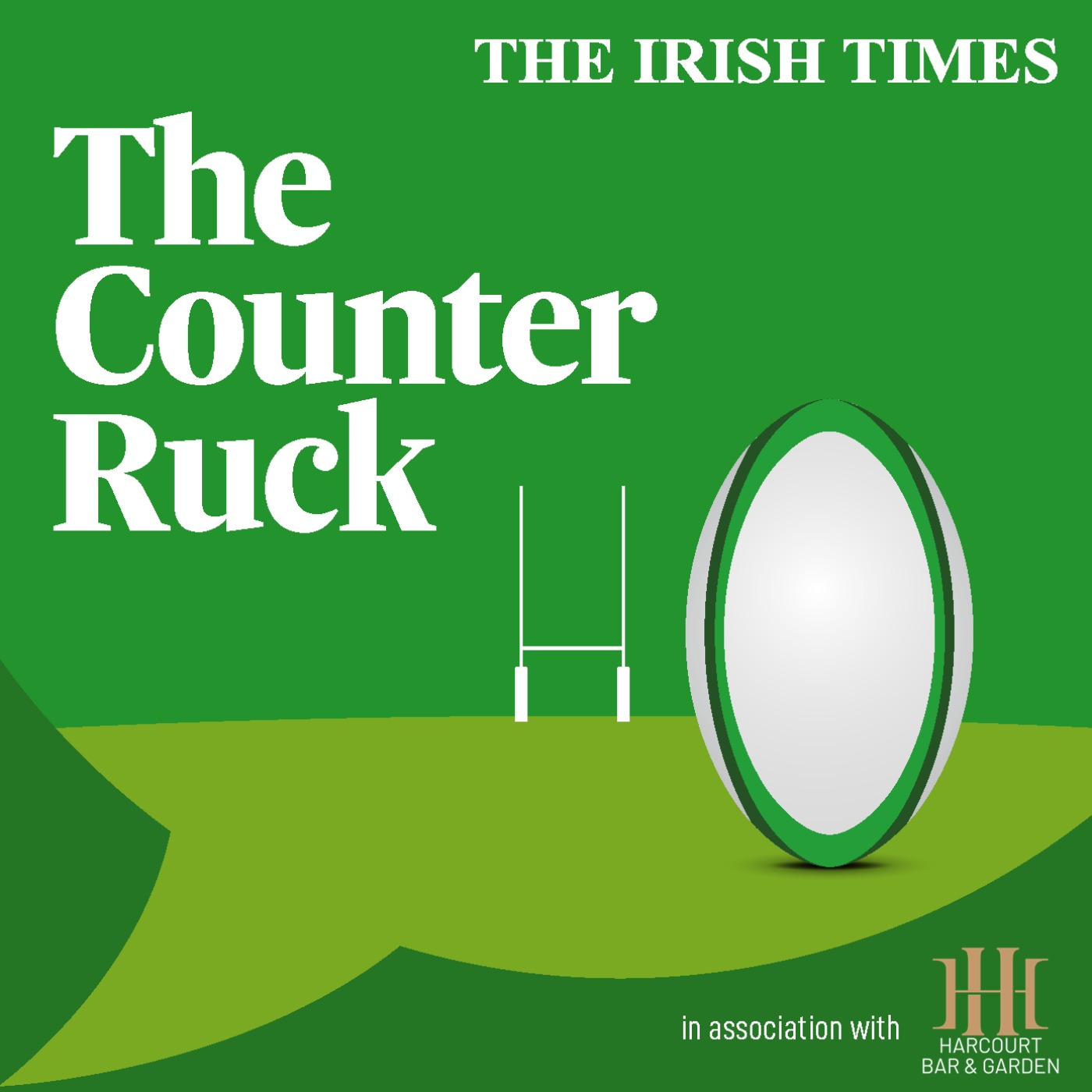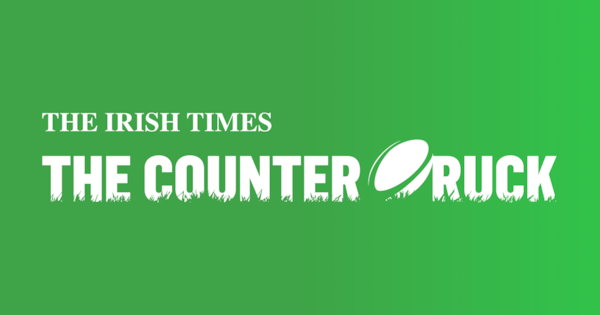Given the money and fandom, US college sport always draws intrigue from those unfamiliar with the territory. With the inclusion of Westmeath’s Ivana Kiripati in Ireland’s World Cup squad, fresh off a four-year stint at American International College, Massachusetts, onlookers in Ireland now have another reason to raise their eyebrows.
Inevitably, when one player earns a scholarship and returns to an international cap, questions turn to the possibility of others following suit. Will she be the last?
Scan through the rosters of the United States’ more prevalent rugby schools. Last year, Life University in Atlanta had two Irishwomen on its roster. Quinnipiac, a school in Connecticut, at one stage had four. Close to 10 Irish featured in the US’ top 42 rugby programmes within the last year.
Pat Moroney is the director of rugby at Rugby New Jersey while also working as a high school coach. Originally from Ireland, his daughter plays rugby at Brown University, an Ivy League school.
READ MORE
“When the athletes go in, they get all the equipment, locker rooms, strength and conditioning, physiotherapy support, multiple professional coaches,” explains Moroney.
“The thing which blew me away on a visit to a D1 school, you walk into the locker room, the girls all have kit laid out. When they’re finished every day, they put their dirty clothes into a laundry chute, and when they come back the next day its done and in the locker for them. They reduce the things you have to worry about,
“A college like Brown has three professional coaches, physio support. Harvard, Dartmouth, Quinnipiac, Sacred Heart are all on that level. These are incredible opportunities. For a female athlete in Ireland, I don’t think there’s anywhere you’re getting that outside of being contracted by the IRFU.”
At present, 37 women are contracted to play professional rugby in Ireland. Seven of the World Cup squad have deals in England. Scrumhalf Molly Scuffil-McCabe plays in New Zealand.
For those on the outside looking in at the elite, the All-Ireland League (AIL) is the next offering. Some clubs train five times a week. Others less. The women’s national talent squad (WNTS), a programme for players identified as future internationals, is designed to increase access to professionalism.
Opinions on the quality of the Irish pathway differ. Ireland head coach Scott Bemand made clear his faith in what Ireland has to offer.
“Do I see it as a good thing going over to America? It has its challenges, being honest. I would say probably it’s the best place as it sits now for youngsters to be better supported, to be in Ireland.
“Three or four years ago when she [Kiripati] started a college degree, the WNTS was at the stage of forming. Now the pathway has a process in place.”

If that is the opinion of the IRFU, it is unlikely that school graduates on their radar will think it a good idea to head to the US. One player who recently returned from the US was advised that Irish coaches would prefer to have eyes on her closer to home.
If the US is to become a better trodden path, later developing athletes are likely to benefit, players who, upon leaving school aged 18 or 19, aren’t on the IRFU’s radar. Should they combine rugby with education and return home a player of national interest after four years of improvement, everyone wins.
Not that US colleges offer any guarantees of idyllic surroundings. A fair number of Irish players have travelled only to return home before graduating.
“There are risks,” acknowledges Moroney. “I call it the broken leg test. You have an injury, is that college going to be a right fit for you from a social and academic viewpoint? You don’t want to be somewhere where rugby’s pulled out from under you and you’re sunk.
“You’re going to be spending a lot of time with this group of athletes and coaches, you have to really make sure that match is right for you. For athletes coming from Ireland, they have to come and visit, get to know the coaches, parents have to meet them and make sure the fit is right. It’s such a big step and these athletes wouldn’t have been exposed to it before. If you’re a Division One athlete, it’s like a job.”
Finances also come into play. Some schools offer a full scholarship, others instead provide discounted tuition – still a big number given prices in the US. Stipends for rugby and academics also come into play, depending on the school.
The question ultimately focuses on providing ambitious players with the best chance to develop. It’s why the IRFU are keen to professionalise the provinces by the 2026-27 season, offering better development opportunities to a wider range of players – not just those who train at Abbotstown.
Ireland’s pathway has undoubtedly improved. Horror stories of players waking at ungodly hours to drive to Dublin or Limerick to avail of one of the country’s few high-end programmes are becoming less common, albeit they still exist. As Ireland inches towards a better structure, some players with more immediate needs will inevitably look elsewhere for their development. With Kiripati’s World Cup profile, her US journey could well attract attention.
“It’s heating up and there will be more,” says Moroney. “It’s not like track and field where there’s a path straight from Ireland to Villanova or the big schools in America. But I think it’s developing in that direction.”













